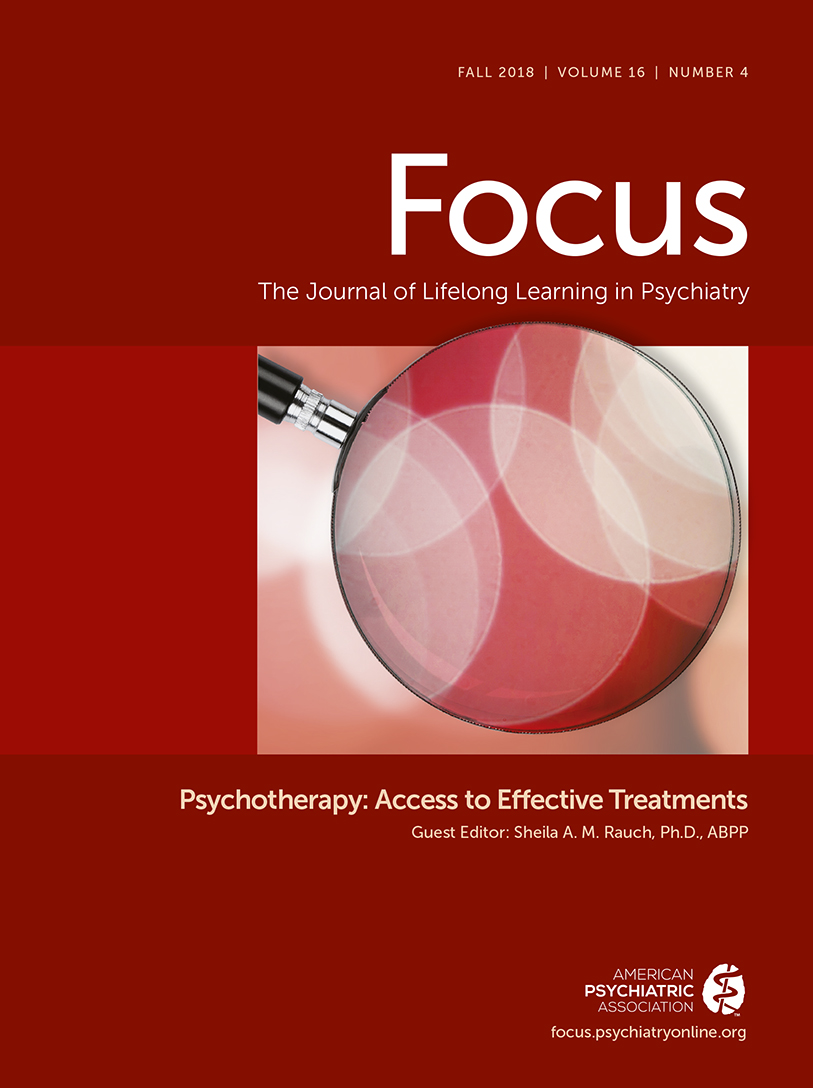Illegal or Legal, Marijuana Remains a Gateway Drug
Because I continue to be concerned about the impact of marijuana legalization, two articles related to this topic caught my eye. In the first article, Hasin and colleagues (1) investigated whether increases in adult illicit cannabis use and cannabis use disorders followed implementation of medical marijuana laws. The authors used three national cross-sectional adult surveys, one from 1991–1992, one from 2001–2002, and one from 2012–2013. Over the entire 20-year period, the predicted prevalence of illicit use and disorders increased to a greater degree in the states that passed medical marijuana laws than in other states. Medical marijuana laws seem to have contributed to increasing adult use and cannabis disorders.
In the second article, Olfson and colleagues (2) examined the speculation that cannabis might help to curb or prevent opioid use disorders, which arose from reports that annual death rates caused by opioid overdoses were significantly lower in states that permit medical marijuana. Olfson and colleagues (2) used data from the National Epidemiological Survey on Alcohol and Related Conditions (wave 1 in 2001–2002 and wave 2 follow-up in 2004–2005). They found that cannabis use was strongly associated with subsequent onset of nonmedical prescription opioid use and opioid use disorder (nonmedical prescription use was defined as using analgesics “without a prescription, in greater amounts, more often, or longer than prescribed, or for a reason other than a doctor said you should use them”). Thus, cannabis seems to increase rather than decrease the risk of developing nonmedical prescription opioid use and opioid use disorders.
Legalization of marijuana leads to an increase in cannabis use and risk of cannabis use disorders, and cannabis use is associated with an increase in nonmedical prescription opioid use and opioid use disorders. These findings seem to confirm rather than refute the old observation that marijuana is a gateway drug. They also suggest the fallacy of medical marijuana laws and predict more work for addiction specialists and physicians in general.
1 : US adult illicit cannabis use, cannabis use disorder, and medical marijuana laws: 1991–1992 to 2012–2013. JAMA Psychiatry 2017; 74:579–588Crossref, Google Scholar
2 : Cannabis use and risk of prescription opioid use disorder in the United States. Am J Psychiatry 2018; 175:47–53Crossref, Google Scholar



